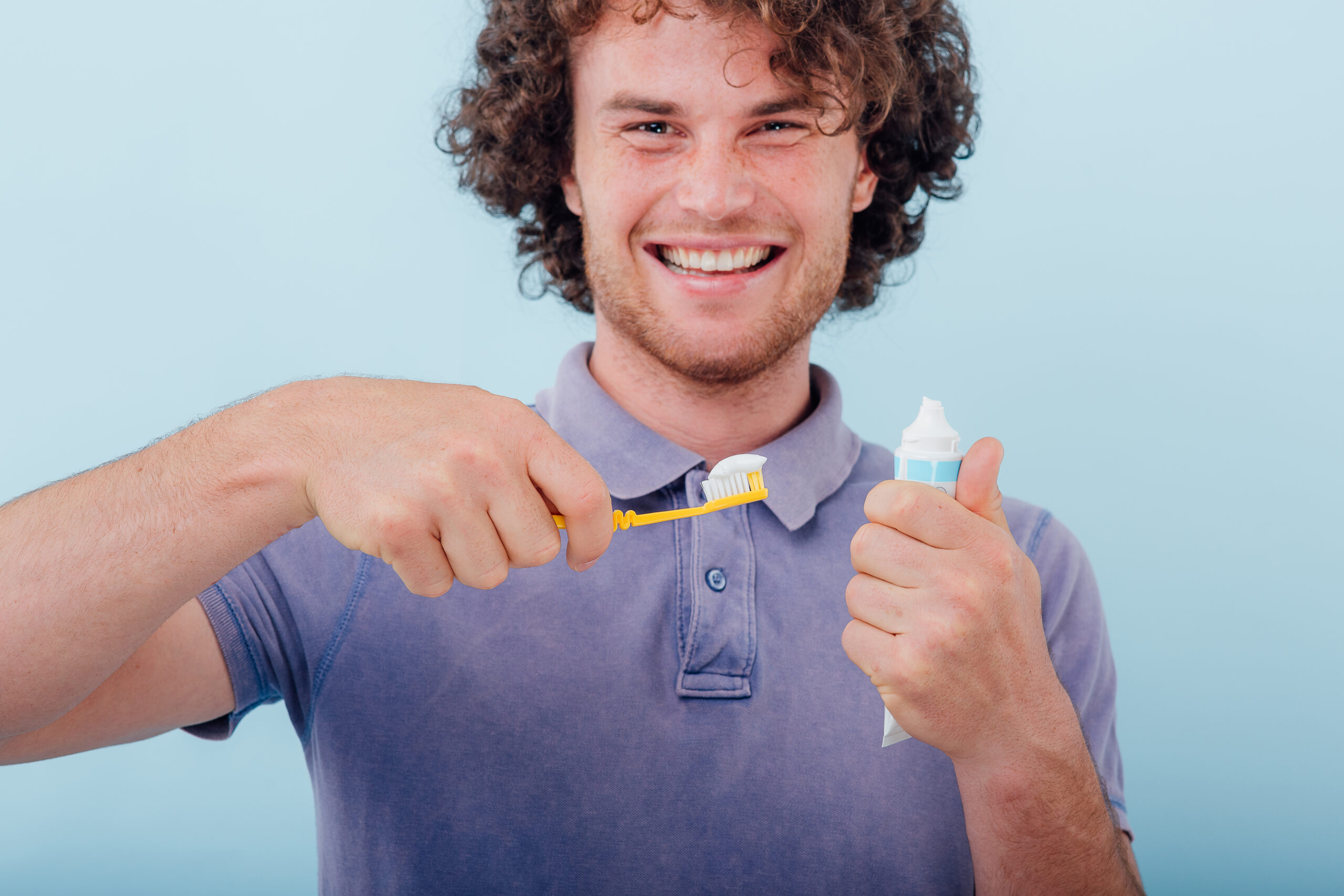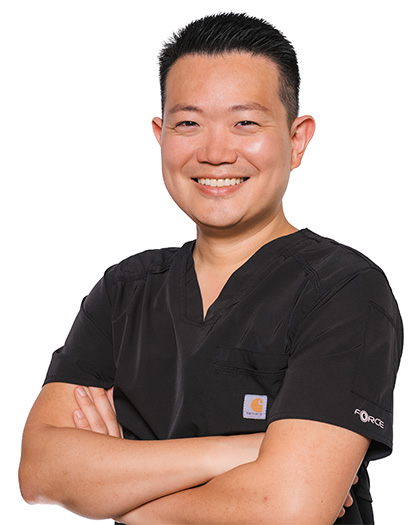Proper tooth brushing is one of the simplest yet most effective steps we can take to maintain good oral hygiene and prevent cavities. While it may seem straightforward, many people rush through brushing or miss important techniques. Here’s a comprehensive guide to mastering your brushing routine and achieving a brighter, healthier smile.
1. Choose the Right Toothbrush
The first step to effective brushing is using the right tool. A soft-bristled toothbrush is generally best for most people, as it is gentle on gums and enamel while effectively cleaning plaque. Look for a toothbrush head that fits comfortably in your mouth, allowing you to reach all surfaces of each tooth.
- Electric Toothbrushes: Studies show that electric toothbrushes can clean teeth more effectively than manual brushing. If you have trouble brushing thoroughly or have limited dexterity, an electric toothbrush might be a great choice.
- Tip: Replace your toothbrush every 3–4 months or when the bristles start to fray, as worn bristles are less effective.
2. Use the Right Amount of Toothpaste
- Adults: Use a pea-sized amount of toothpaste.
- Children (Ages 3-6): Only a small smear the size of a grain of rice is needed. Using the right amount prevents waste and reduces the risk of swallowing too much fluoride, especially important for children.
3. Master the Technique
To effectively remove plaque and prevent cavities, the right technique is crucial.
- Brush Angle: Hold your toothbrush at a 45-degree angle to your gums. This angle allows the bristles to reach the gumline, a common area for plaque buildup.
- Brush Motion: Use small, gentle circular motions rather than scrubbing back and forth. Brush all sides of each tooth—the outer, inner, and chewing surfaces.
- Pressure: Many people brush too hard, which can wear down enamel and irritate gums. Use a gentle approach by holding the toothbrush as if you were holding a pencil, which naturally reduces force.
4. Take Your Time
Most dentists recommend brushing for a full two minutes, but many people only brush for about 45 seconds. Here’s how to make sure you don’t rush:
- Set a Timer: Use a timer or stopwatch to make sure you’re brushing long enough.
- Divide Your Mouth into Quarters: Spend 30 seconds on each section (top right, top left, bottom right, and bottom left). This helps ensure each area gets the attention it needs.
Tip: Many electric toothbrushes have built-in timers to help you reach the two-minute mark.
5. Don’t Forget Your Tongue
Bacteria don’t just live on your teeth—they also accumulate on your tongue, leading to bad breath and other oral health issues.
- Tongue Cleaning: Gently brush your tongue from back to front with your toothbrush. Alternatively, use a tongue scraper if you have one, which can be even more effective.
6. Rinse and Spit—But Be Mindful of Rinsing with Water
After brushing, spit out the excess toothpaste but try to avoid rinsing your mouth immediately with water. Leaving some fluoride on your teeth for a little while can strengthen enamel and offer extra protection against cavities.
- Optional: If you feel the need to rinse, try using a fluoride mouthwash instead for added benefits.
7. Follow Up with Flossing
Brushing alone doesn’t remove plaque and food particles between teeth. Flossing once a day cleans areas your toothbrush can’t reach, helping to prevent gum disease and cavities.
- How to Floss: Slide the floss between your teeth without snapping it, then curve it into a “C” shape around each tooth for thorough cleaning.
8. Know When to Brush and When to Wait
Brushing twice a day—morning and night—is ideal. However, there are times when it’s wise to wait.
- After Eating Acidic Foods: If you’ve had something acidic, like orange juice or soda, wait about 30 minutes before brushing. This allows your saliva to neutralize the acids, protecting your enamel from wear.
Additional Tips for a Healthier Smile
- Choose Fluoride Toothpaste: Fluoride helps strengthen enamel and prevent cavities.
- Use Mouthwash for Added Protection: Consider a fluoride mouthwash for extra cavity protection, especially if recommended by your dentist.
- Make It a Habit: Consistent brushing times, such as morning and night, can help make good oral hygiene part of your daily routine.
- Visit Your Dentist Regularly: Professional cleanings and check-ups allow your dentist to monitor your oral health and provide additional care as needed.
Frequently Asked Questions
Q: How soon after eating should I brush my teeth?
A: Wait about 30 minutes if you’ve consumed acidic foods or beverages to protect your enamel.
Q: Is it okay to rinse with water after brushing?
A: It’s best to avoid rinsing right away. Allowing fluoride to remain on your teeth can offer extra cavity protection.
The Bottom Line
Brushing your teeth properly is essential for maintaining a healthy smile and preventing dental issues like cavities and gum disease. With the right toothbrush, technique, and daily commitment, you’re taking an important step toward lifelong oral health. Happy brushing!



